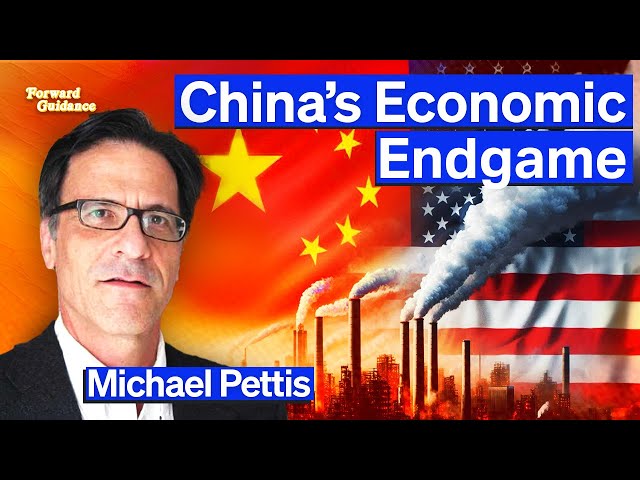Podcast Summary
This podcast features N/A, Managing Director and Head of US Fixed Income at N/A, discussing the rise of private credit and its implications for the fixed income market. The conversation delves into the risks and rewards of private credit, the impact of economic scenarios on this asset class, and the role of private equity sponsors in this space.
Key Takeaways
The Rise and Risks of Private Credit
- Private Credit Growth: Private credit, involving lending to smaller, less diversified companies outside of public markets, has become the fastest-growing part of the fixed income market. This growth was driven by regulators forcing banks to offload exposures to smaller, riskier companies.
- High Risk, High Reward: The appeal of private credit lies in the potential for double-digit returns, which are attractive compared to low returns in public markets. However, these investments are riskier due to the higher risk nature of leverage finance and the smaller, weaker companies involved.
- Economic Vulnerability: Private credit companies are more vulnerable to economic slowdowns and have higher costs of debt compared to public markets. In times of economic uncertainty, these companies are particularly vulnerable due to their high cost of debt.
Private Equity Sponsors and Private Credit
- Role of Private Equity Sponsors: Private equity sponsors, who mainly own companies accessing private credit and direct lending, often throw money at the problem to improve financial stability. However, if the majority of companies in their portfolio are facing high costs of debt and generating little cash flow, the problem becomes more acute.
- Aggressive Transactions: The destination of funding for more aggressive transactions has been the leverage loan and private credit spaces, rather than the public bond space, which generally has more conservative issuers.
Market Dynamics and Future Outlook
- Market Competition: There is competition between the leverage loan market and private credit for deals, with money pouring into both spaces and investors ready to step into credit opportunities.
- Future Outlook: The outcome for private credit depends on economic scenarios. A more benign scenario would involve the Federal Reserve cutting rates aggressively while the US economy continues to grow. However, if inflation remains sticky and the economy slows down, it would be problematic for these issuers with limited cash flow.
Sentiment Analysis
- Bullish: The podcast presents a bullish sentiment towards private credit, highlighting its potential for double-digit returns and its rapid growth in recent years. The influx of money into private credit, particularly in direct lending, is seen as a positive sign for the asset class.
- Bearish: However, there is a bearish sentiment regarding the high cost of debt for private credit companies and their vulnerability in times of economic uncertainty. The podcast also expresses concern about the falling standards of documentation and protections within the private credit space.
- Neutral: The podcast maintains a neutral stance on the future outlook for private credit, noting that it depends on various economic scenarios. It emphasizes the need for clarity in inflation data and the path of Fed policy before making investment decisions.












